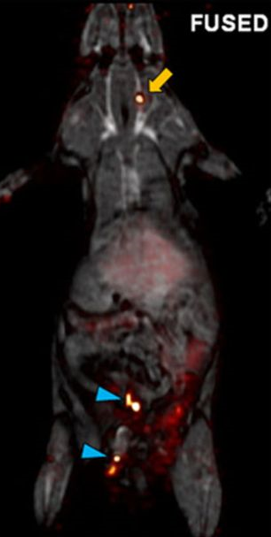Venous thromboembolism (VTE) is an ongoing problem for trauma professionals. Most trauma programs have settled on their own flavor of screening, prophylaxis, and treatment once the problem actually surfaces in a patient. Most prophylaxis centers around a combination of mechanical (leg squeezers) and chemical (some type of heparin) management.
Aspirin has been used for prophylaxis for elective orthopedic surgery, and occasionally in trauma patients managed by orthopedic surgeons for years. Existing literature supporting this has been sparse and unconvincing. But since VTE involves platelets as part of the process, why not have another look?
A recently published paper from Scripps in San Diego looked tried to gauge the effect of aspirin on trauma patients where taking it before they were injured. Novel idea. Can the findings be useful? The authors performed a retrospective, case-controlled study of patients who developed post-traumatic deep venous thrombosis (DVT). The patients were matched for 7 covariates, and the authors looked at an additional 26 risk factors. Those taking aspirin pre-injury were compared with those who were not.
Here are the factoids:
- 172 cases were identified over the 5 ½ year study, and 62 (36%) were excluded because a matched control could not be found
- 7% of the remaining110
patients were taking aspirin (why?)
- 13% of controls were taking aspirin
- 7% were taking warfarin, and 4% were taking clopidogrel
- The mean age was 52, ISS was 13-14, and hospital stay was 7-10 days (!)
- Multivariate analysis showed a significant protective effect from DVT with a risk ratio of 0.17 (!!)
- But this effect was found only when used in conjunction with heparin prophylaxis after admission
Bottom line: Interesting findings. What does it mean? First, this is a very small retrospective study. It was conducted over 5+ years, so changes in VTE screening and prophylaxis may have occurred at this hospital. But even so, the finding were compelling. The biggest problem is that we can’t expect people to predict that they will need to start taking aspirin. But the study does raise the interesting question of whether it might be helpful to start taking it as soon as the patient arrives at the hospital. This is one of those thought provoking studies that should prompt someone (hint hint) to design a nice prospective study to see if this ultra-cheap drug might help us bring down our VTE rates even more.
Reference: Aspirin as added prophylaxis for deep vein thrombosis in trauma: A retrospective case-control study. J Trauma 80(4):625-630, 2016.

